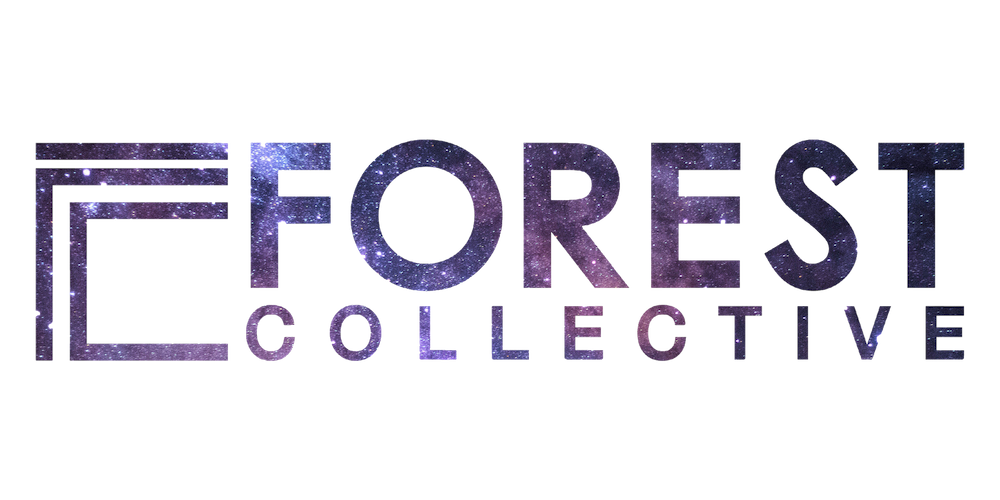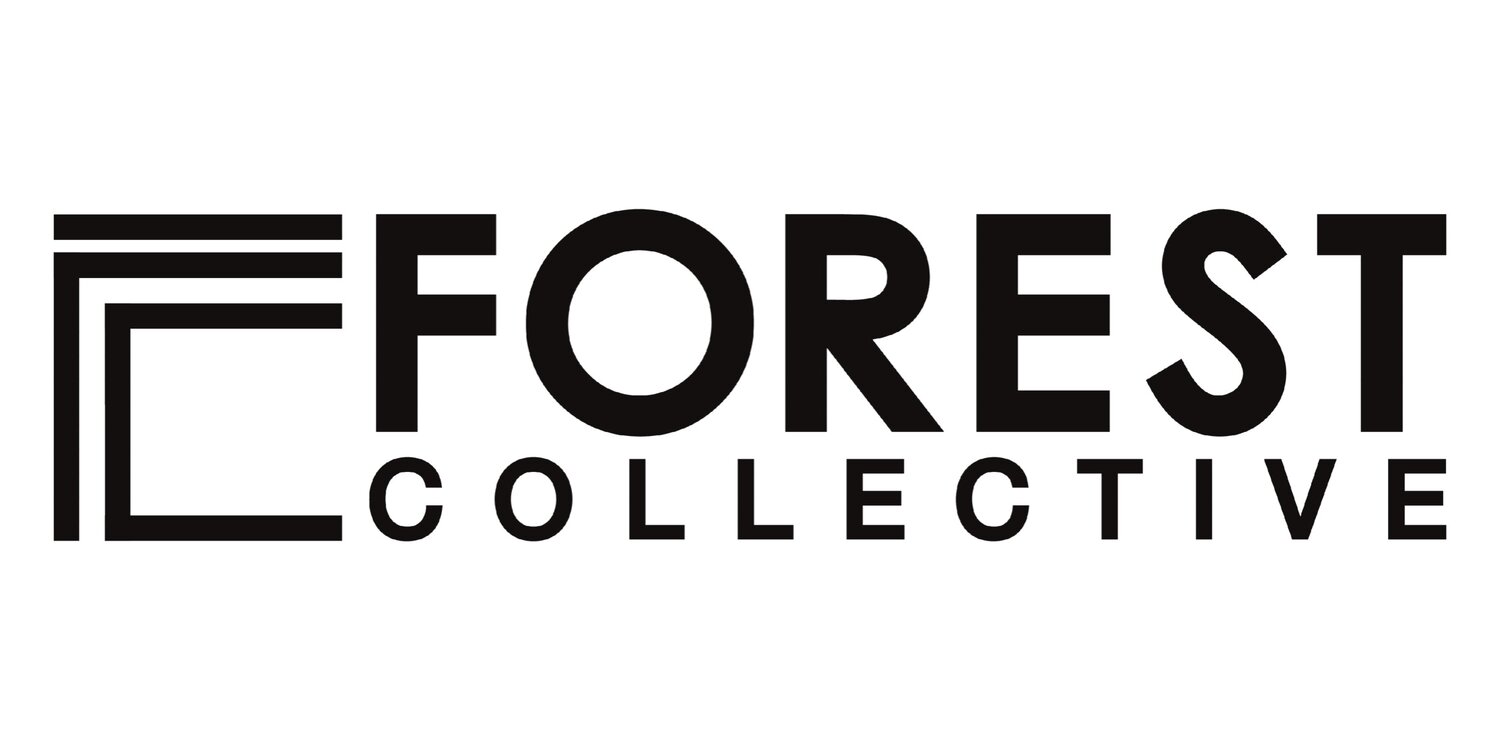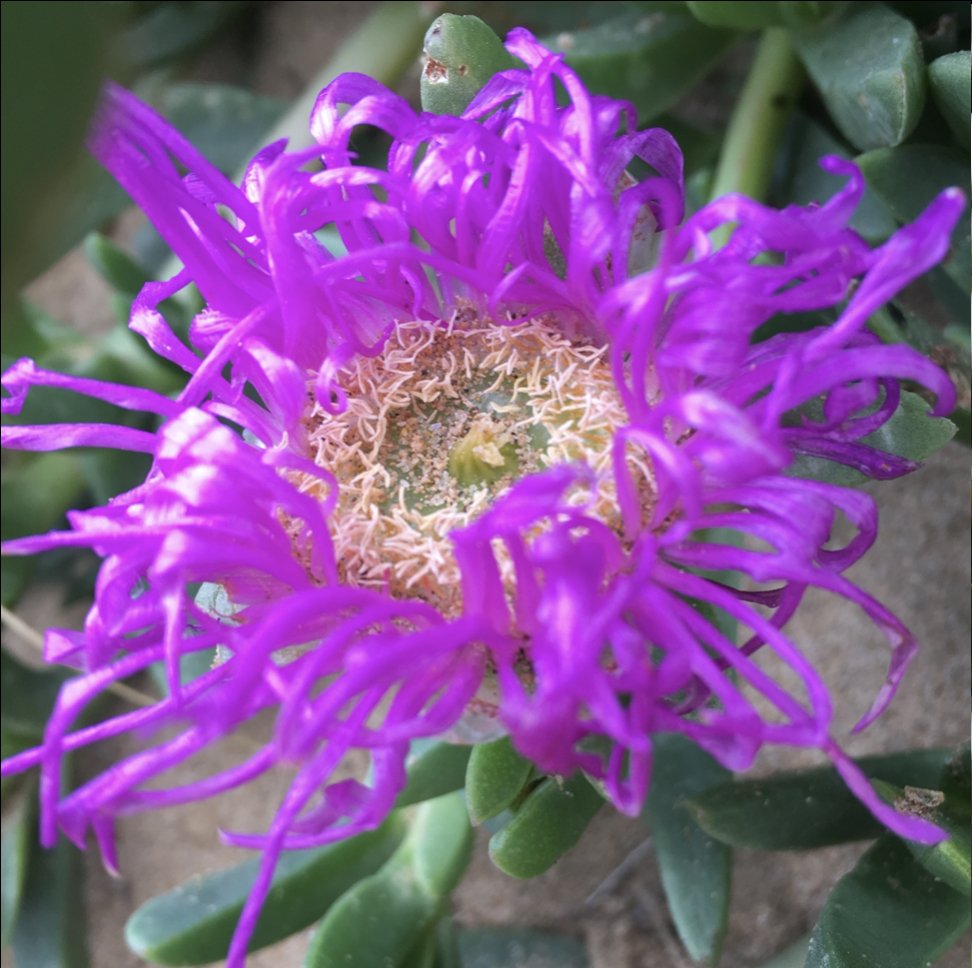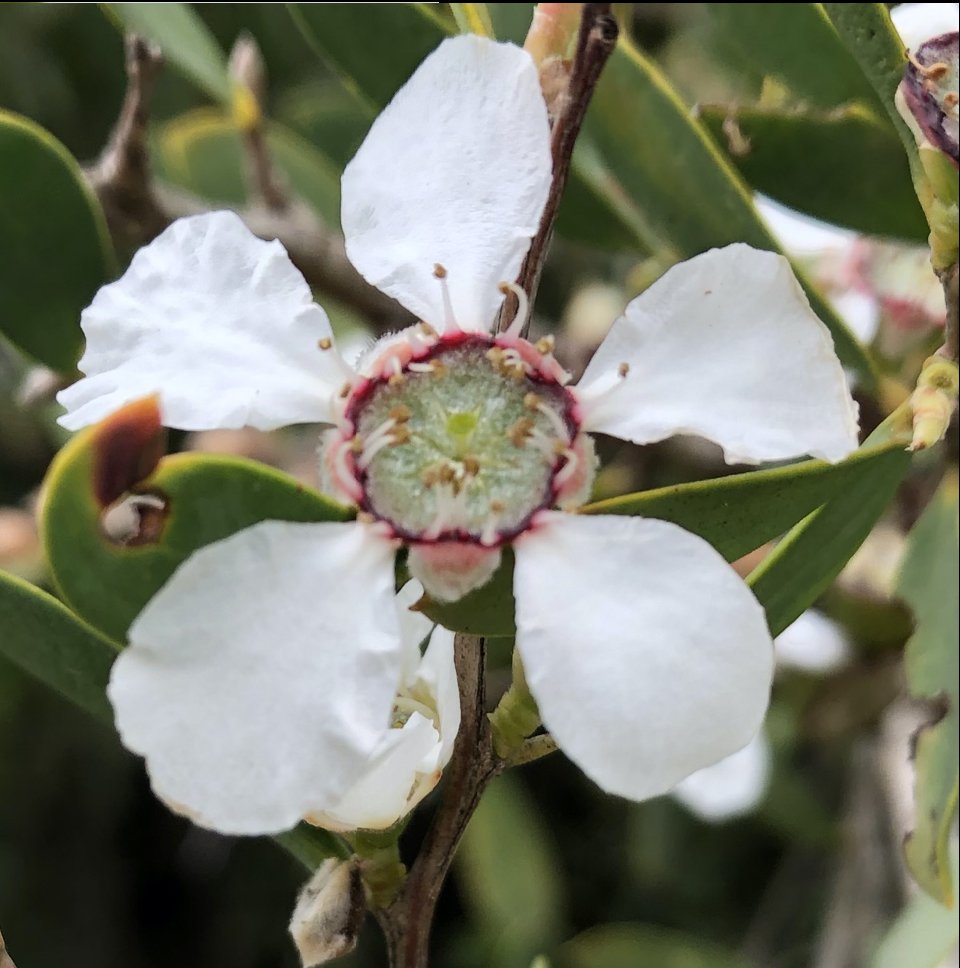Diapsalmata - Performance Notes
Welcome to Diapsalmata!
I am delighted to welcome you to St. Stephen’s Church for this very special performance of evocative and wonderful music by Kym Dillon. I am delighted to share such a wonderful program with you and to provide Kym with a large and expansive canvas to work with. It is essential artists get the opportunity to present large-scale works, and I am thrilled Forest can present these brilliant works and provide Kym with a large ensemble with all the bells and whistles for the new song cycle for the brilliant Stephen Marsh, Diapsalmata.
You’re welcome to document your experience on your phone, however, please respect your fellow concert-goers. And be sure to tag us! #forestcollective @forestcollective
Be sure to join us for our next adventure in our June performance, Tides. This performance will feature. a new large-scale work by myself, music from the likes of Joseph Haydn, Björk, Zela Papageorgiou, Claudio Monteverdi, and more, as well as brilliant new choreography and dance from Jesse Matthews and costumes & set by Jane Noonan.
- Evan J Lawson, artistic director.
Forest Collective acknowledges the Traditional Custodians of the land on which we live, meet, create, and perform - primarily Wurundjeri land of the Kulin Nation.
We pay our respects to their Elders, past and present, and extend our respects to all Australian Aboriginal and Torres Strait Islander Elders, past and present. We recognise and respect their cultural heritage, beliefs, and relationship with the land. We recognise Australian Aboriginal and Torres Strait Islander peoples as the first inhabitants of this nation.
Sonata for Flute and Piano
Music by Kym Dillon
Brighid Mantelli flute (guest musician)
Kym Dillon piano (guest musician)
The idea of an artist 'representing' nature is an inherently fascinating one to me; it seems inevitable when seeking to capture or evoke nature in art that the resulting work will be a cocktail of the maker's own visual experience, technique, stylistic leanings, memories, life circumstances, subconscious workings, and other mysterious things. Such an exercise can be as much about the mind and story of the artist as it is about the phenomena they are seeking to represent.
My Sonata for Flute and Piano doesn't seek to avoid this but rather embraces it: its three movements are directly inspired by specimens in nature, sometimes in very direct ways, but along the way this process is in inseparable conversation with my own artistic and emotional intuitions, as well as conventions and expectations arising from Western musical traditions. It is a work that revels in the personal and opaque quest of 'representing' through the abstract language of music, and it welcomes and celebrates a resulting multiplicity of interpretations from other listeners.
Each movement bears the name of a flower that holds an iconic status in the Surfcoast region of Victoria, Australia. These flowers have a strange, alien beauty and allure for me; their existence and makeup seems worlds away from that of human beings, yet they fascinate us and draw us closer. In this piece my observing and contemplating of each flower's characteristics, as well as my own experience of them, transforms into musical material and language which then has a life of its own, guided by representations, intuitions, traditions, and discoveries.
The first movement, beginning with an abstract evocation of the sound of waves crashing on the beach, is a Fantasia inviting us into the strange world of the carpobrotus rossii ("Australian pig face”)
In the second the busy beauty of the leucopogon parviflorus ("coastal beard-heath") gives rise to a theme and variations in the spirit of a scherzo.
The third, lento, contemplates the awesome structure and stark colours of the leptospermum laevigatum ("coastal tea-tree"), drawing us little by little ever inwards to the centre.
I have dedicated this work to my friend Brighid Mantelli, whose spellbinding flute playing inspired me to write this work
- Kym Dillon
Diapsalmata: Portrait of a Self
Music by Kym Dillon
Text from Either/Or and The Sickness Unto Death by Søren Kierkegaard
Translated by Alastair Hannay (used with permission)
Stephen Marsh baritone voice solo (guest musician)
Caerwen Martin cello (guest musician)
Elliott Gyger conductor (guest musician)
Helen Bower violin
Hamish Upton percussion (guest musician)
Ian Crossfield double bass
Jared Yapp viola (guest musician)
Kym Dillon piano (guest musician)
Natasha Conrau violin (guest musician)
Phoebe Smithies horn
Rosanne Hunt cello
Ryan Lynch clarinet
Samantha Ramirez harp
Sara Rafferton bassoon
Tom Sinclair cello (guest musician)
Zela Papageorgiou percussion
Diapsalmata: Portrait of a Self is a song cycle primarily comprising of settings of a selection of the fragments found in the opening portion of Søren Kierkegaard's book Either/Or, a section given the mysterious title of 'Diapsalmata'. Although these fragments take the form of prose they nevertheless have a poetic spirit to them; to me they come across as the troubled and sometimes contradictory thoughts and journalings of a soul in a state of deep despair, cynicism and fluctuating identity.
These texts have a rather profound connection to my own life and story, which is the inspiration for this piece.
In late 2020, after much soul searching, I had finally gotten to the heart of own my consistent, ambient experience of despair, wherein I did not feel like a real person but rather an artificial construction, a dream. This was an experience that I had always accepted as merely an unavoidable anomaly of my brain, I did not anticipate it would ever have an 'answer' -- it was the way I would always have to be, or so I thought.
It turns out in the end that I was transgender. As a teenager, in order to subdue my pain due to the changes of this time and survive going forward I had subconsciously buried myself inside my mind, erecting a sort of abstraction or character in my place. It was as this abstraction that I lived over 15 years of my life, during which I did not feel like a real person, but rather an artificial construction that I could fashion any way I wanted to. Upon realising what had happened to me, resurfacing, and deciding that my path was to transition, my seemingly endless experiences of despair and artificiality ceased, and I felt like a genuine person -- I have felt this way ever since.
After such a long and troubled chapter of my life was closing, I was moved to write a kind of swan song to this 'self' I had created. Although the years I had spent buried beneath it were very dark, I nevertheless recognised that this character had carried me thus far, like an ark, so it felt right to me to mark this occasion with a kind of ritual.
I had felt deeply connected to the Diapsalmata texts when I first read them in their impactful English translation by Alastair Hannay; their mixture of dark comedy, cynicism and existential despair spoke to 'me' directly, and that connection remained throughout the years up until my transition -- I no longer connected strongly with the thoughts contained in them after that. As such they are for me a kind of time capsule, a snapshot of the self I was trying to live as. The music flows directly from the texts themselves, with moments of stylistic pastiche connecting with imagery in the text as well as the cycle of personal re-making that I experienced in my past life. When taken together these individual settings are like links in a chain which evokes my own story.
Apart from the core settings from the Diapsalmata, I have framed the work with spoken excerpts from a much later work of Kierkegaard's, The Sickness Unto Death. This book describes the lack of 'personhood' I experienced with remarkable clarity and insight, and I am not the first to make a link between this book and the transgender experience. I have labelled these sections of the work 'prologues', and in them we step out of the dark world of the Diapsalmata texts into a kind of psychological waiting room, where in a brief refreshing moment of insight (or hindsight) the truth is seen, spoken, diagnosed.
The word 'Diapsalmata' is Kierkegaard's own concoction, and its blending of the familiar and the cryptic makes it an apt title for this work. The subtitle, 'Portrait of a Self', is my own; on the moment-to-moment level this is a collection of settings of the Diapsalmata, but when heard together the complete collage forms my own Portrait of a Self.
I wish to thank The University of Melbourne for their enabling me to stage this performance with Forest Collective through their awarding to me of the Completion Scholarship; Alastair Hannay for his permission and enthusiastic support of my using his translations; Elliott Gyger for lending us his remarkable mind and experience in conducting the work; Evan and all at Forest Collective for making it possible, and of course the one-of-a-kind Stephen Marsh, without whom this work would never have been written.
- Kym Dillon




